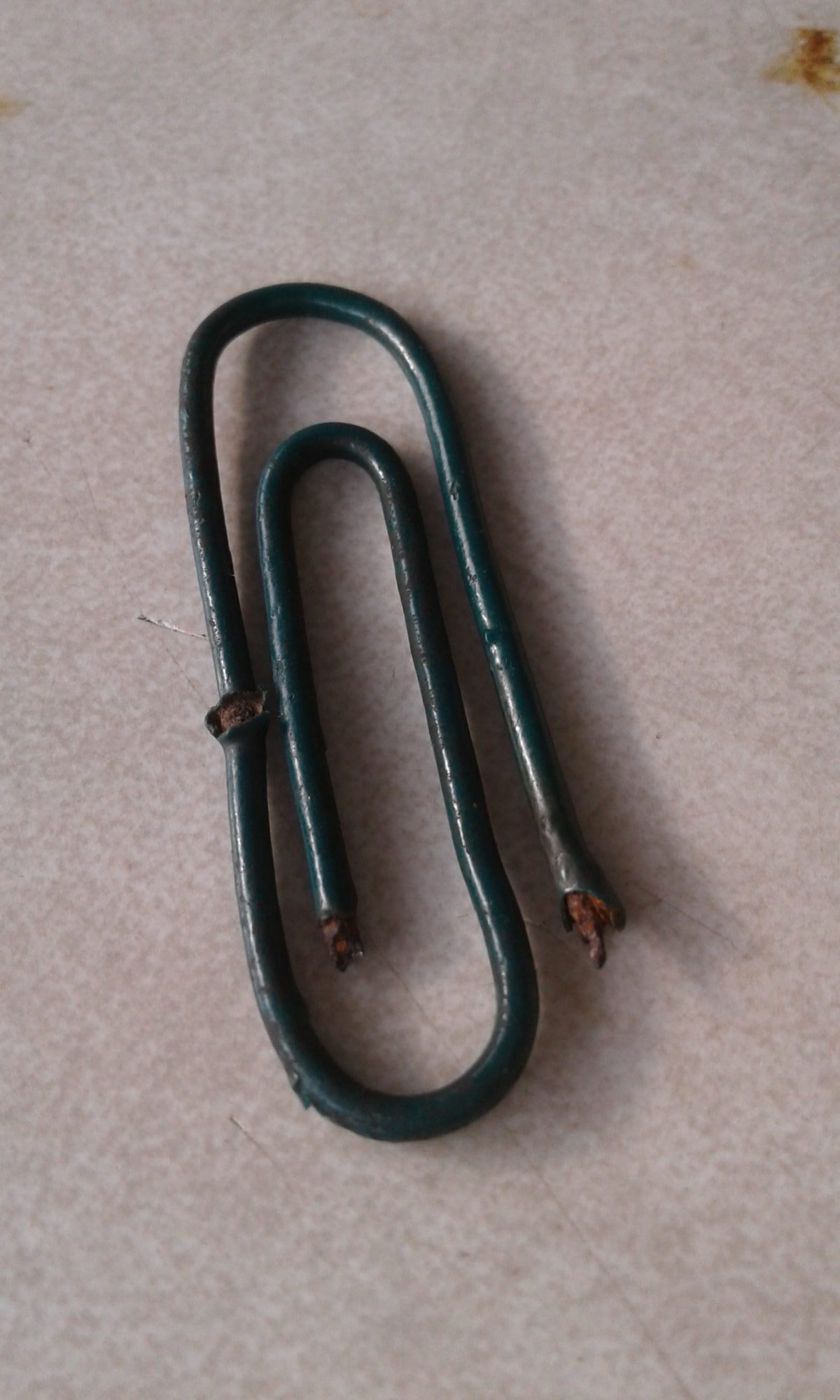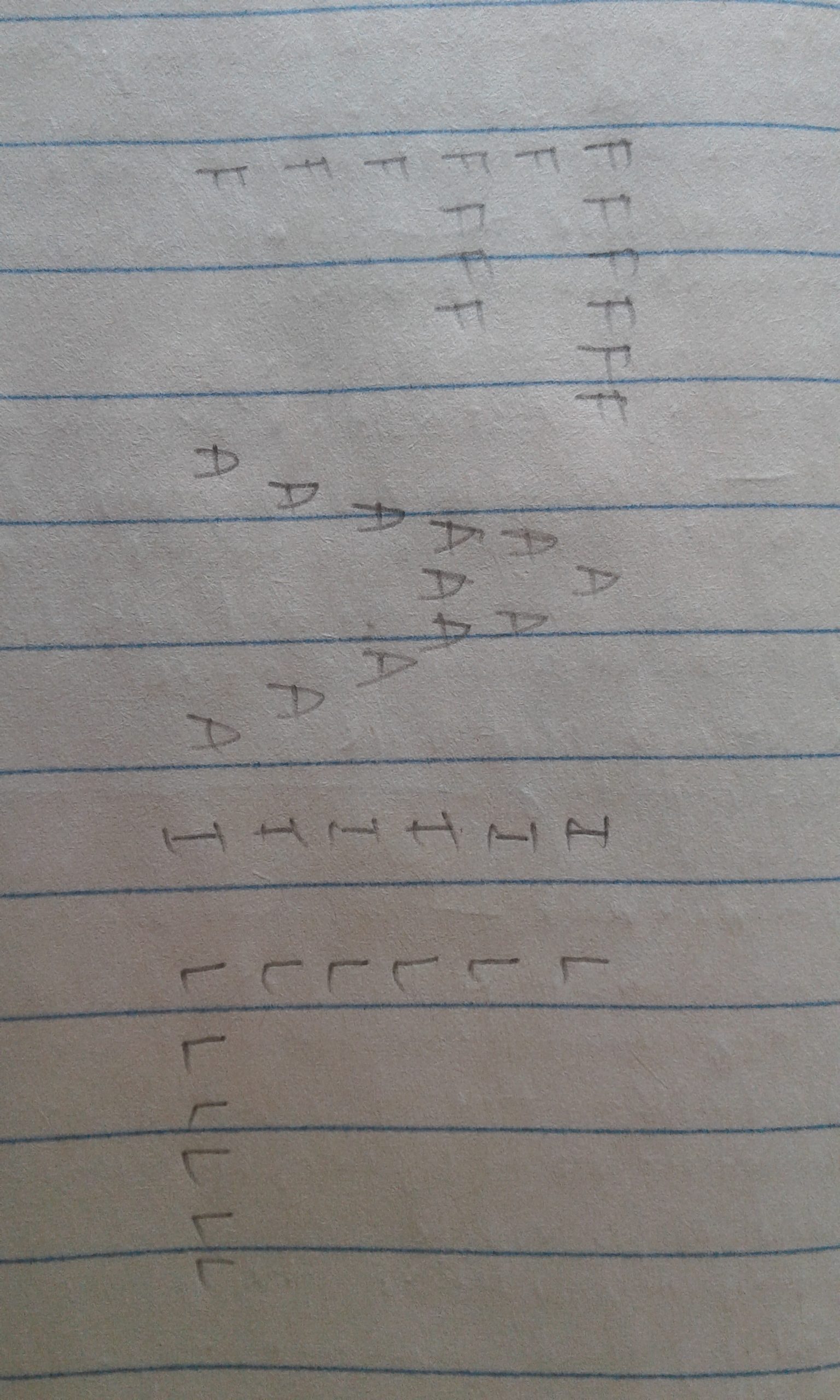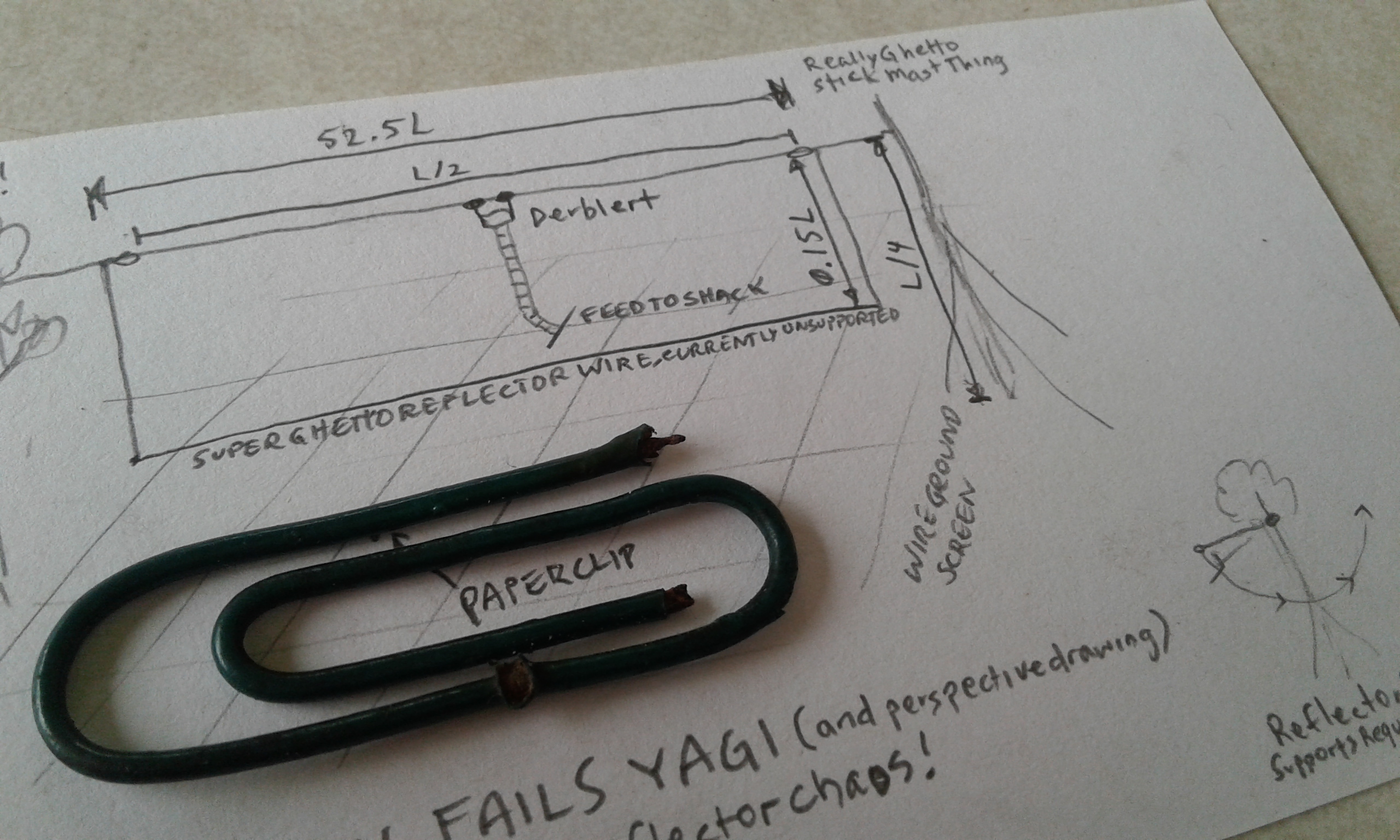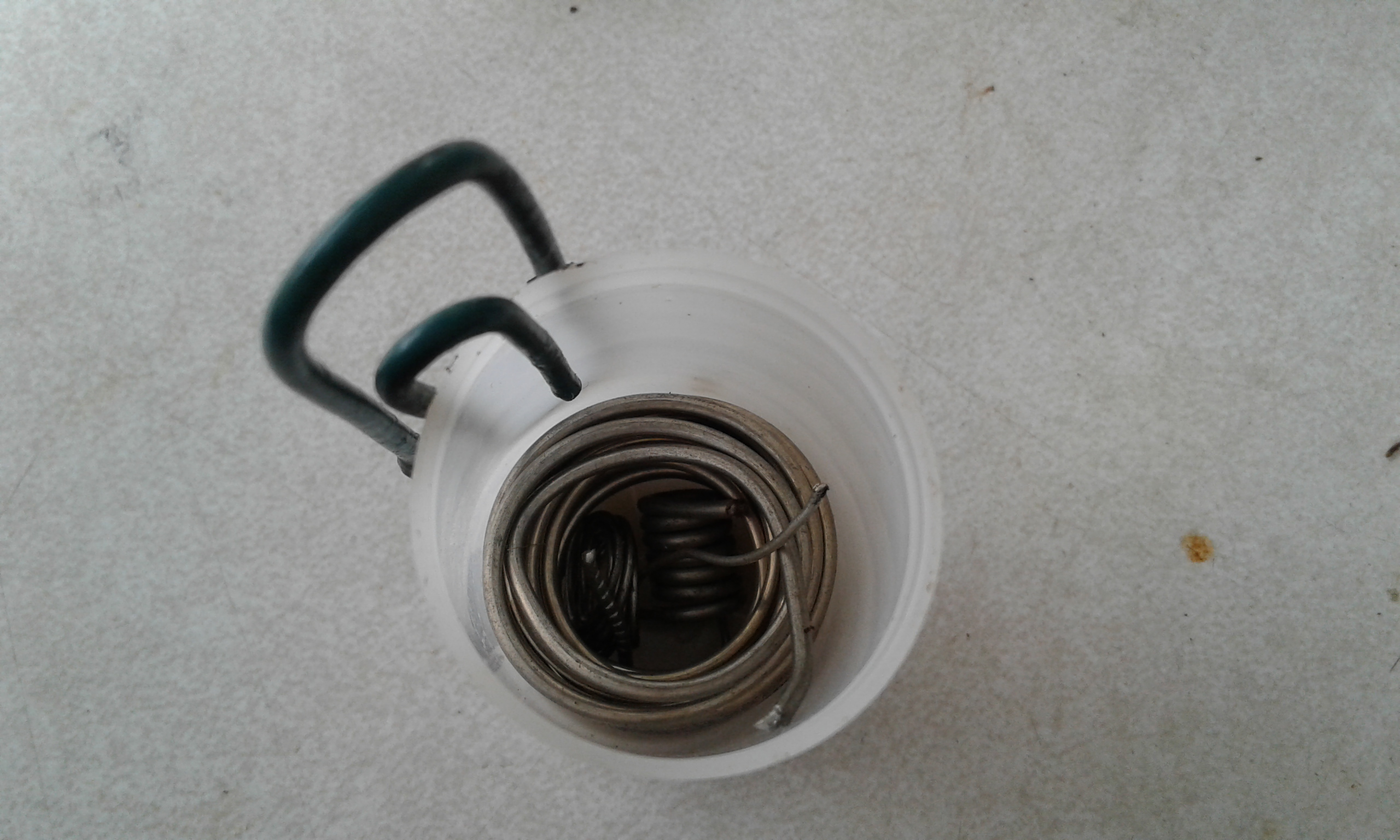Over the weekend, I participated (as planned) in the CQ WW WPX RTTY contest. The planned station improvements took much longer and were less effective than expected. While antenna improvements showed decent results, efforts within the shack proved less than satisfactory. As for the contest, my results were poor. In all, it ended up being a weekend full of lessons.
- Antenna Improvements Took Too Long!
I planned to get my derblert a little higher and add a ground screen before the event. However, between my own laziness and some unplanned obligations, those efforts were not even partially completed until about four hours into the competition. Had I used known good methods, this time may have been reduced. Pro tip: a really long stick is no good way to thread a line into a tree.
- Software Settings Need Work.
I’m told that contesting on Windows is preferable to Linux due to its superior logging and RTTY software. My little Atom netbook, which serves as my station computer, currently runs Archlinux. It doesn’t run WINE with windows apps very well, so I opted to try native linux software. Having failed to compile linpsk (the software I planned to try out) in time, I decided to work with my kludgey fldigi setup. Without rig control, fldigi would not populate the log field denoting operating frequency. After enabling fldigi’s xmlrpc control server, I was able to populate the log field by sending a call to the server with curl. It was clunky, and capturing incoming exchange data needs work, but it worked okay.
- A 3kHz Waterfall Leads to Tunnel Vision.
I suspect I spent too much time on a tiny sliver of the band during my sessions. I’d spend some time spinning the dial, find a signal, send fldigi that kludgey call, and try working the heard station. After either working the station or giving up, I’d pick an open spot nearby and call CQ. I’m sure I missed a lot of stations outside my narrow 3kHz viewport. I’ll have to get an upconverter cobbled together for HF reception on my RTL-SDR.
- RBN’s Telnet Servers: TMI.
Since spotting assistance was permitted for this competition, and since I had such a narrow spectral display (and a netbook that can’t do anything else while using a modern browser), I gave the telnet feed from reversebeacon.net a try. I quickly discovered that I needed some kind of filter, since there was a flood of useless (for my purposes at the time) information on the incoming stream. I’ll have to explore parsing and filtering solutions before next time.
With only about 35 contacts, I don’t expect to be the “Best Hawaii Station” for this year’s WPX RTTY contest. Having only operated for about a quarter of the allowed time, I don’t even expect to be the “Best Hawaii Rookie.” Despite the poor score, the experience has provided a wealth of learning in terms of contesting and data mode operation.



